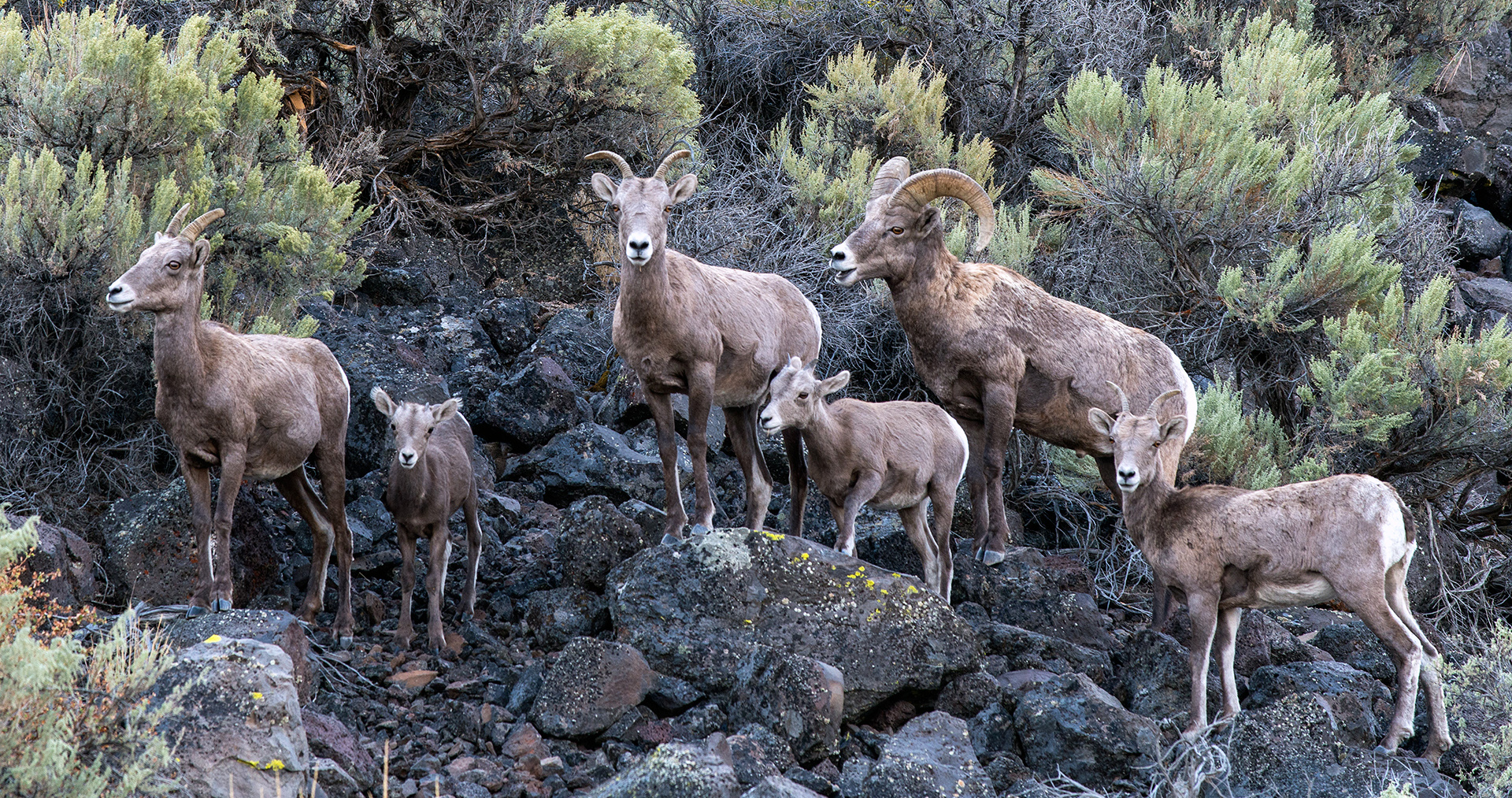
A rugged outing for nature lovers
Visitors to Beatys Butte should be prepared for challenging roads and off-trail hiking. But for those who dare venture to this remote section of the high desert near Oregon’s southern border, you’ll be rewarded with extensive views and a variety of wildlife.
The summit of Beatys Butte (7,918 feet) contains USGS survey markers from the 1950s as well as a geocache box with notes (dating back to 2000) from visitors who reached the summit. Roads leading into the area are steep and rough, and there are no developed hiking trails.
A prime area for conservation
In 2018, Oregon Desert Land Trust acquired three parcels, totaling 1,120 acres, within the Beatys Butte Priority Area for Conservation. In addition to the butte’s summit, these parcels contain three small canyons and three natural springs.
The springs and surrounding wet areas provide habitat for a variety of wildlife, including pronghorn antelope, mule deer, bighorn sheep, coyote, Greater sage-grouse, chukar, pygmy rabbits, ferruginous hawks and red-tailed hawks. A number of songbird species can be spotted at Beatys Butte, including western kingbirds, western meadowlarks, lazuli buntings, and yellow warblers.
Beatys Butte also lies within the Beatys Butte Herd Management Area, and is home to several hundred wild horses. The herd is managed by the Bureau of Land Management (BLM).

Feature photo of bighorn sheep at Beatys Butte by Greg Burke
GETTING THERE
From Highway 140, turn north at the sign to Spaulding Reservoir. Follow West Beatys Butte Road to access the properties. There is a road that ends near the summit of Beatys Butte but it is steep, rough and impassable in wet conditions including a very steep section at the base of Beatys Butte. This route provides a great hiking trail to the summit with fantastic views of the surrounding landscape.
Related Reads
Watching for Wildfires
A live camera on Beatys Butte helps wildfire efforts in the high desert.
Neighbors helping neighbors fight fires
Rangeland Fire Protection Associations protect the high desert and each other.




